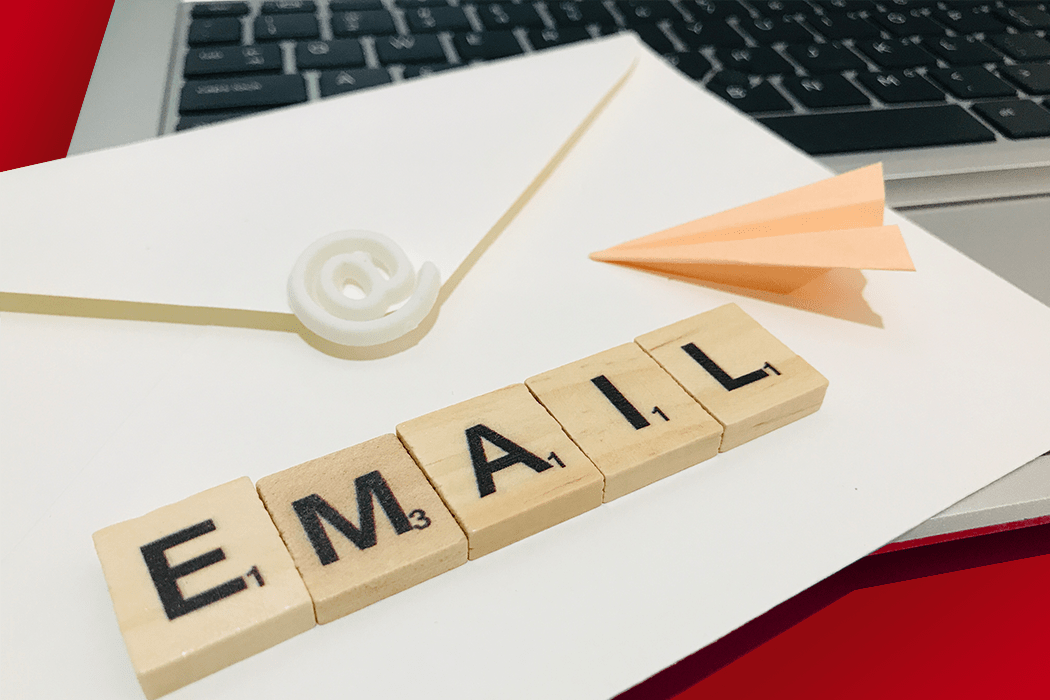
El primer paso en toda campaña de email marketing que quiera conseguir buenos resultados es conseguir llegar a la bandeja de entrada. Si no somos capaces ni de colarnos ahí, de lo de convertir ni hablemos.
Conozca buenas prácticas del Email Marketing para hacer que evitemos la bandeja de spam:
Por ejemplo, si tu lista de emails tiene muchos correos que no existen (inventados) o muchos usuarios que nunca abren tus correos, tu reputación no será buena.
A partir de aquí, ya entramos en lo que sería el contenido para esquivar la bandeja de spam. Es esencial enviar mensajes con texto, no solo con imagen. Y no pasarse con el peso de las imágenes, puesto que eso puede enviarnos rápidamente a la bandeja de spam.
Finalmente, es muy importante configurar los registros DNS (DKIM y el SPF).
Es muy importante el subject del mail donde debes dejar muy clara la oferta o beneficio que vas a contarle al usuario. En caso de duda sobre qué es lo que mejor funciona en tu base de datos, puedes hacer tests A/B y comprobar qué asunto obtiene más aperturas.
Dos tips aquí:
- No dejes de identificarte claramente, no hay nada más impersonal que un remitente de correo con un nombre no identificado o poco atractivo.
2. La segmentación es clave. No todos somos iguales y es importante crear grupos de usuarios con afinidades parecidas como, por ejemplo, personas que compran grupos de productos parecidos en nuestra tienda online.
Si tenemos una tienda de mascotas, podemos segmentar por los que tienen perro, gato y pájaros. Parece mentira, pero a mí hay empresas que me siguen mandando ofertas de gatos cuando llevo 1 año comprando pienso de perro y saben que solo tengo un perro.
Para tener en cuenta…
Consejos sobre el diseño de tus emails
Realmente no existe una guía de cómo debe ser el diseño de un email para que este tenga éxito. Pero cada usuario es distinto y a cada uno le gustan cosas diferentes. Lo que sí está claro es que ese diseño tiene que adaptarse al dispositivo de recepción del correo (el famoso Responsive), algo que cada día cobra mayor importancia y más en un mundo dominado por los móviles.
Un punto importante que se obvia muchas veces es no meter el texto relevante del mail como imagen. ¿Cuántos correos has recibido con un texto enano porque está metido en una imagen? No es solo que no se pueda leer, ¡es que genera rechazo!
Otro punto que suele pasarse por alto son los datos de identificación y contacto, además del enlace de baja. Para mí es un punto esencial: saber fácilmente quién me manda esto, por qué y cómo localizarle. Ese texto de “te enviamos este newsletter porque te diste de alta en nuestra base de datos” o “porque compraste en nuestra tienda” puede evitarnos más de un susto. Y más sabiendo que ahora Gmail nos lo pone muy fácil para decirle “mira, este email creo que es spam”, aunque no lo sea.
El contenido
¿Cómo se debe escribir un buen copy para emails?
Básicamente tenemos 3 partes:
- Introducción del email
- El texto argumentativo
- La llamada a la acción
La introducción debe ser clara y concisa. Debe ser una extensión del subject del mail y no debe superar las dos frases. El texto puede ser emocional, pero también debe tener una parte racional en la que dejemos clara cuál es la oferta y el beneficio de esta comunicación.
Seguidamente, hablemos del contenido. No es solo que la gente por defecto no lee, sino que, además, van a recibir decenas de mails como el tuyo, por lo que vé al grano y no te pases con el texto.
Puedes utilizar ayudas visuales como los bullet points y la jerarquía de títulos. Podemos, incluso, hacer alguna pregunta retórica al usuario que está leyendo dicho correo. Por último, y aunque sea obvio, no uses mayúsculas en exceso. Las mayúsculas molestan y generan ruido en la lectura.
- Llegando ya a la llamada a la acción o call to action (CTA) debe reunir una serie de requisitos:
- Parecer una llamada a la acción (si es un botón de acción, que tenga forma de botón)
- Ser concisa
- Debe ser muy clara
- Puede contener aceleradores (solo 24 horas, solo hasta el jueves)
Para terminar, debe enviar al usuario donde toca. Es decir, a la ficha de producto o al post que quieras que lea en profundidad.
Kmedia ofrece una plataforma de software con las mejores prácticas de e-mail marketing para sus necesidades, apoyamos la creación de campañas de suscripción, con información detallada de avances y resultados en tiempo real y a bajos costos.


